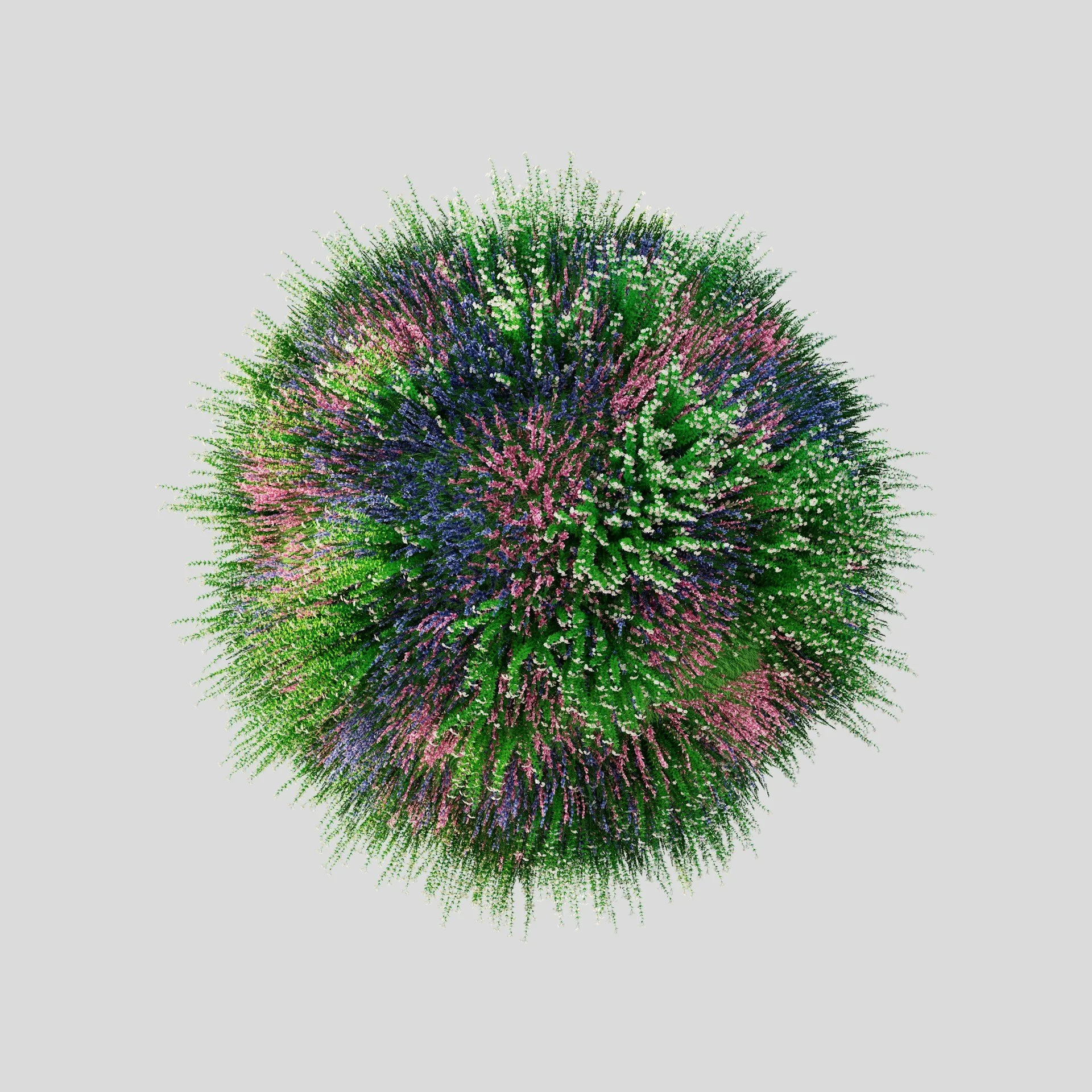Architects are increasingly recognising that our built environments do more than shelter us—they fundamentally shape our physical and mental wellbeing. Dr Tuwanda Green, a leading expert in biophilic design, an architect, and who sits on the board of the Biophilic Institute, has over 32 years of architectural experience including working for government design projects, and holds a doctorate in architecture from Virginia Tech. She argues that thoughtfully designed spaces using the principles of Biophilia can actually alter our genetic expression and improve generational health.
Dr Tuwanda Green is an expert on Epigenetics—a field of genetic research. In our conversation she explains how environmental factors can switch genes on and off without changing DNA sequences.
Think of epigenetic markers like "gumballs" stuck to our genetic code, potentially influencing everything from stress responses to disease susceptibility.
"These markers can be passed down through generations," explains Tuwanda. "A stressful, nature-deprived environment could potentially transmit negative genetic expressions to our children, while nurturing, nature-connected spaces might help reverse these markers."
Recent scientific studies support this perspective and consistently demonstrate that exposure to green spaces correlates with significant health improvements, including:
- Reduced cardiovascular disease risks
- Lower blood pressure
- Decreased stress hormone levels
- Improved cognitive function
- Enhanced mental health and emotional regulation
In our Journal of Biophilic Design podcast and the articles in the Journal itself, we often talk about how green spaces aren't just aesthetic additions—they're critical health interventions. Tuwanda here, shares that by incorporating natural elements like water features, organic shapes, natural lighting, and plant life, architects can create environments that actively support human physiological and psychological functioning.
The principles of biophilic design extend beyond mere decoration. They're rooted in understanding human evolutionary biology. Our bodies are fundamentally designed for natural environments, with sensory systems finely tuned to detect subtle environmental cues. Modern buildings often disconnect us from these innate biological rhythms.
"We've existed as homo sapiens for millennia in natural settings," Tuwanda emphasises. "Our brains are still processing environmental information subconsciously, seeking safety, resources, and connection."
Practical biophilic design strategies include:
- Maximising natural light exposure
- Creating visual connections with nature
- Incorporating water features and natural sounds
- Using organic, textured materials
- Designing spaces that encourage movement and social interaction
Tuwanda's own community at Serenbe (where the Biophilic Institute is based) exemplifies these principles. Curved streets, clustered housing, centralized communal spaces, and abundant green trails naturally encourage neighbourly interactions and physical activity.
The potential societal implications are profound. By redesigning our environments with human biology in mind, we could potentially:
- Reduce chronic stress
- Improve community cohesion
- Support mental health
- Mitigate intergenerational trauma
- Create more resilient, adaptive human populations
As climate change and urbanisation accelerate, biophilic design offers a holistic approach to human-centred architecture. It's not just about creating beautiful spaces, but about understanding and supporting our fundamental biological needs.
"Design creates communities. Well-designed environments can foster connection, support health, and potentially even contribute to world peace." Our built environments are powerful determinants of human health. By embracing biophilic design principles, we can create spaces that don't just house us, but actively heal and nurture us.
To connect with and find out more about Dr Tuwanda Green’s work visit: linkedin.com/in/dr-tuwanda-green-aia-233524280
If you like this, please subscribe!
Have you got a copy of the Journal? You can now subscribe as a member of the Journal of Biophilic Design or purchase a gorgeous coffee table reference copy or PDF download of the Journal journalofbiophilicdesign.comor Amazon and Kindle.
Biophilic Design Conference www.biophilicdesignconference.com
Credits: with thanks to George Harvey Audio Production for the calming biophilic soundscape that backs all of our podcasts.
Listen to our podcast on Audible, Amazon Music, Spotify, iTunes, YouTube and all the RSS feeds.
https://www.facebook.com/journalofbiophilicdesign/
https://twitter.com/JofBiophilicDsn
https://www.linkedin.com/company/journalofbiophilicdesign/
https://www.instagram.com/journalofbiophilicdesign


